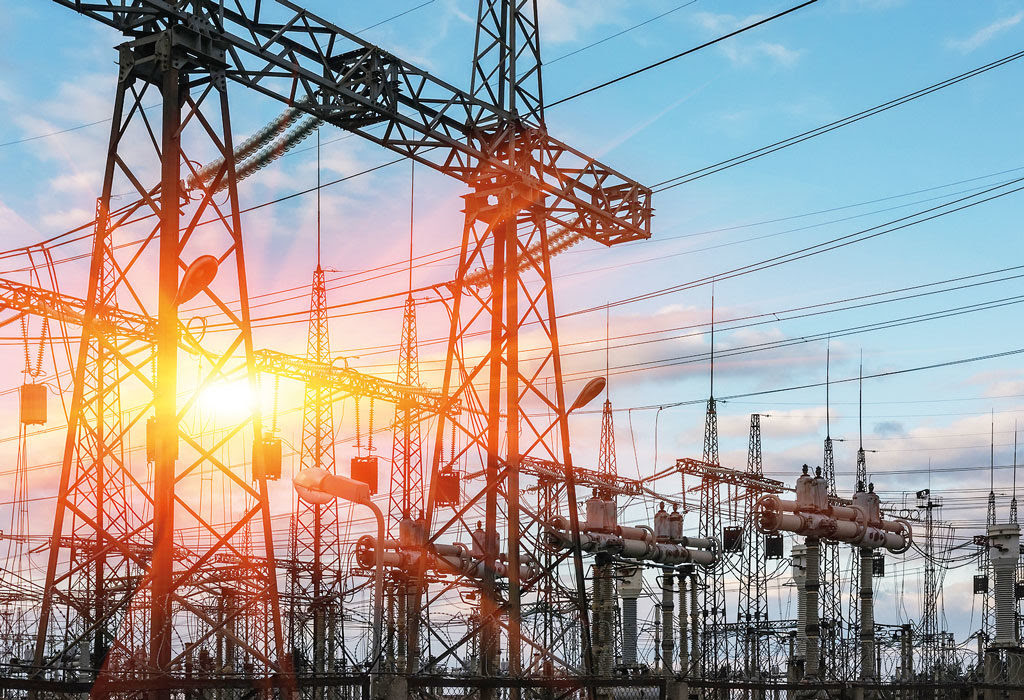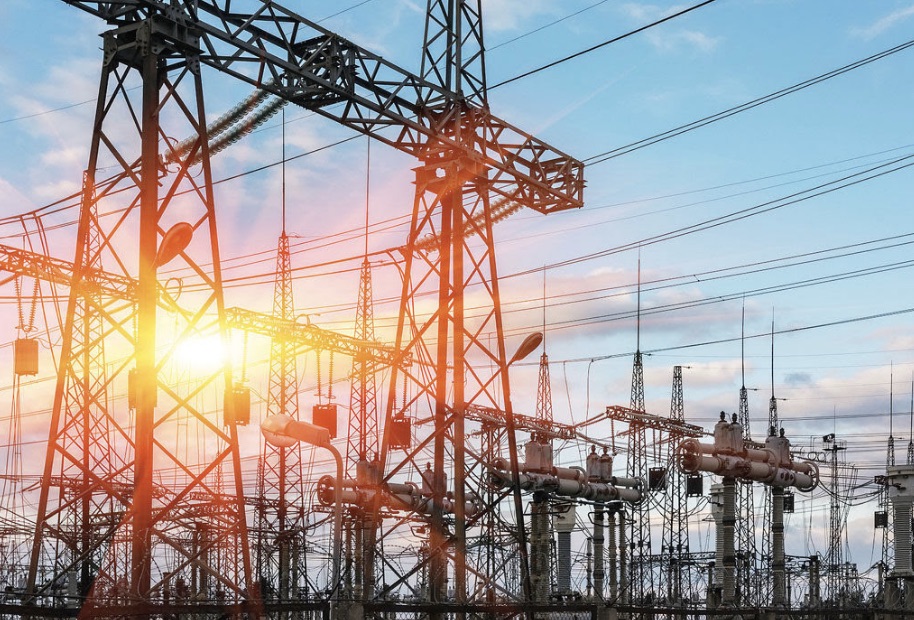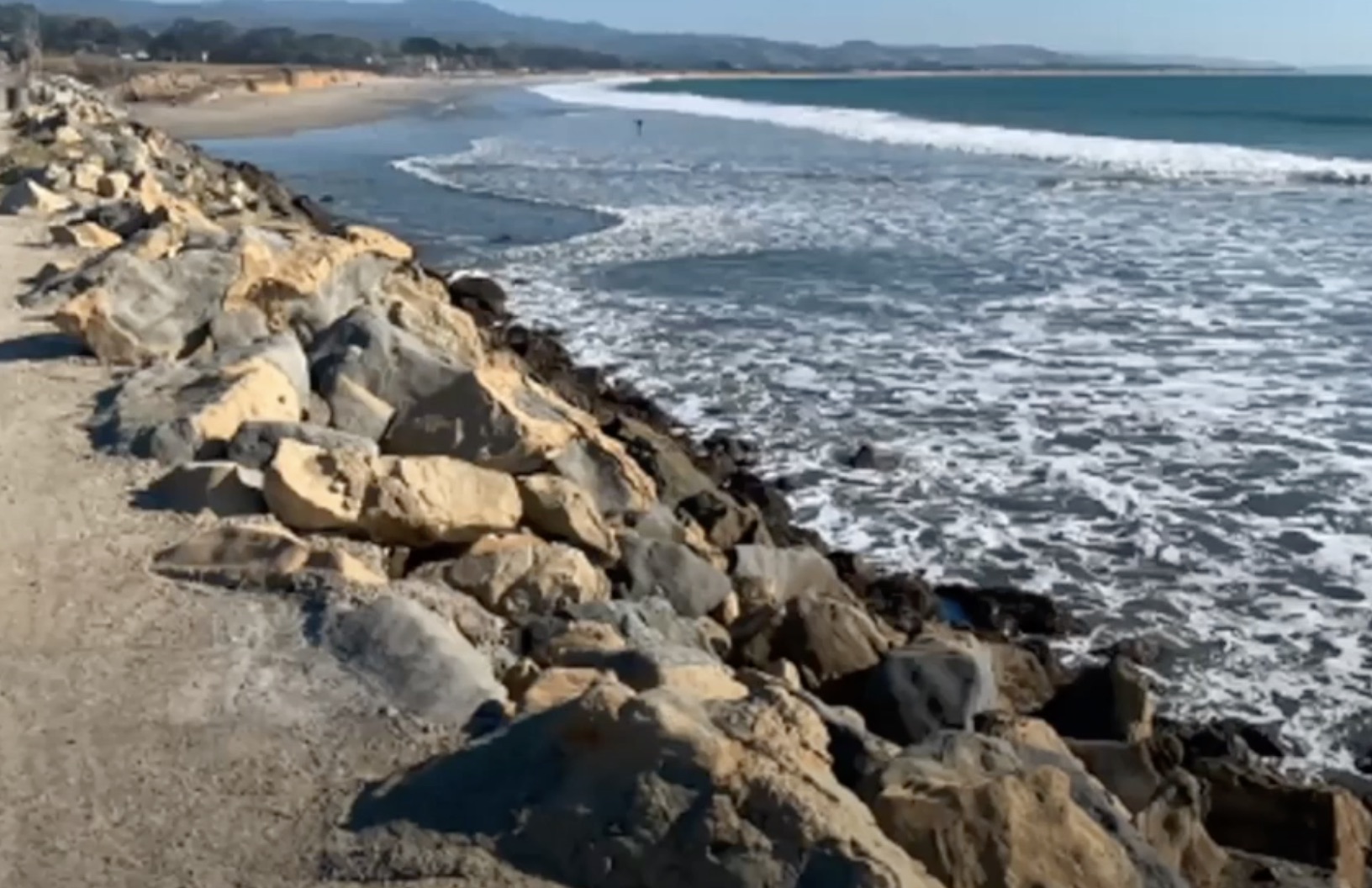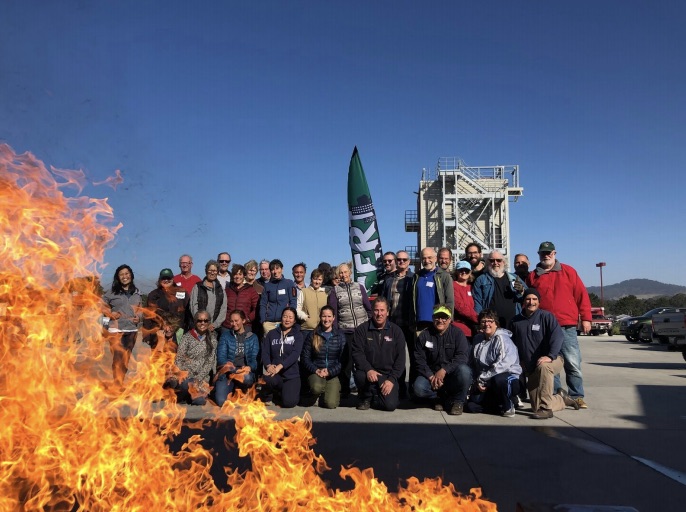|
Getting your Trinity Audio player ready...
|
This webinar covered:
- The deficiencies in CAISO’s root cause analysis.
- Troubling anomalies in the California market.
- Why California is still at risk of supply shortages and price increases caused by problems in the CAISO electricity markets.
Presenters
 Former California Public Utilities Commission President Loretta Lynch is a lawyer, writer, and progressive political activist. At the CPUC, she fought against gouging and manipulation by energy sellers throughout the California energy crisis in 2000-2002 and opposed PG&E’s first bankruptcy bailout. One of the first critics of energy deregulation, she is a strong advocate for keeping prices reasonable and for converting from fossil fuels to renewable energy. Ms. Lynch has lectured at UC Berkeley’s Goldman Public Policy School and served as a visiting scholar at the UC Berkeley Institute for Governmental Studies. She serves on the Sierra Club’s energy and environment committee, and has served on the boards of several California-based environmental groups.
Former California Public Utilities Commission President Loretta Lynch is a lawyer, writer, and progressive political activist. At the CPUC, she fought against gouging and manipulation by energy sellers throughout the California energy crisis in 2000-2002 and opposed PG&E’s first bankruptcy bailout. One of the first critics of energy deregulation, she is a strong advocate for keeping prices reasonable and for converting from fossil fuels to renewable energy. Ms. Lynch has lectured at UC Berkeley’s Goldman Public Policy School and served as a visiting scholar at the UC Berkeley Institute for Governmental Studies. She serves on the Sierra Club’s energy and environment committee, and has served on the boards of several California-based environmental groups.
Bill Powers is a registered professional mechanical engineer in California and Missouri with over 35 years of experience in energy and environmental engineering. He has written numerous journal articles on the strategic cost and reliability advantages of local solar power over large-scale, remote, transmission-dependent renewable resources, and he frequently testifies as an expert witness before the CPUC on alternatives to conventional power generation infrastructure. Mr. Powers is the author of the 2020 strategic energy plan for San Diego, Roadmap to 100 Percent Local Solar by 2030. He is a board member of the Protect Our Communities Foundation and is an international expert, assessing the environmental impacts of existing and proposed oil and gas projects in Peru, Ecuador, and East Africa. Mr. Powers holds a B.S. in mechanical engineering from Duke University and an M.P.H. in environmental sciences from the University of North Carolina at Chapel Hill.
Thomas S. Popik is chairman, president, and co-founder of the Foundation for Resilient Societies, a nonprofit think tank focused on critical infrastructure protection. His specialties include infrastructure vulnerability assessments and economic modeling. Mr. Popik has been quoted on electric grid reliability in USA Today, the Wall Street Journal, and The Economist and has testified before the Federal Energy Regulatory Commission, the Canadian Parliament, and multiple US state legislatures. Mr. Popik holds a Master of Business Administration from Harvard Business School and a Bachelor of Science in Mechanical Engineering from MIT. In his early career he served as an officer in the US Air Force with a final rank of Captain.
Richard (Rick) Humphreys studies issues associated with the US electric grid following a 35+ year career in the defense industry. Rick spent the bulk of his career with the Boeing Lasers and Electro-Optics group in California and Lockheed Martin’s Laser and Sensor Systems group outside of Seattle, Washington. At both Boeing and Lockheed Martin Rick served in various management roles, primarily as Program Manager. As Program Manager, Rick was responsible for leading teams of engineers and scientists in advancing High Energy Laser technology. Rick’s teams were successful in advancing fiber laser technology from laboratory proof of concept to fielded weapon systems. His work on the electric grid is completely unrelated to Lockheed Martin. Rick earned B.S. and M.S. degrees from MIT in Chemical Engineering courtesy of the Air Force ROTC program. Rick continued in the Air Force Reserves and ultimately separated with the rank of Major.
Bill Julian is a retired public interest lawyer with over 40 years of experience in utility regulation, including as Chief Counsel to the California Assembly Utilities and Commerce Committee and at the CPUC as Legislative Director and a legal advisor during the 2000-01 Energy Crisis.
 The California Independent System Operator (CAISO) called rolling blackouts throughout California on 14 and 15 August, 2020 and threatened blackouts over Labor Day weekend, alleging a lack of sufficient electricity to serve Californians during those heat waves.
The California Independent System Operator (CAISO) called rolling blackouts throughout California on 14 and 15 August, 2020 and threatened blackouts over Labor Day weekend, alleging a lack of sufficient electricity to serve Californians during those heat waves.
CAISO’s recent preliminary root cause analysis, published on 6 October, raises myriad questions about the operation of CAISO’s markets in contributing to the blackouts.
Additionally, the root cause analysis raises troubling questions about CAISO’s operation of California’s transmission grid.
The recording and slides from the 10/9/2020 webinar are now online. Presentation slides are available in PDF format.
VIEW PDF
Clean Coalition Website
- Why did CAISO forsake its own demand forecasts for 14 and 15 August, instead following its day-ahead market results to schedule electricity on California’s grid?
- How did the problems in CAISO’s convergence bidding market play into the August and September issues, and have these problems been addressed?
- Why did CAISO allow planned plant outages during the hottest summer months?
- Why did CAISO fail to require plants that were down with planned outages to supply substitute power to cover the outages?
- What exports did CAISO allow during the historic California heat waves?
- What the data show actually happened on the August days when CAISO called rolling blackouts throughout California.
- An analysis of CAISO’s root cause report.
- Unanswered questions about CAISO’s operation of California’s electricity grid during the blackouts and when faced with historic climate events.
- Reforms that California should consider to ensure that CAISO complies with its statutory requirements to protect California ratepayers, public health, and the environment — and the proposals that won’t fix the real problems.






